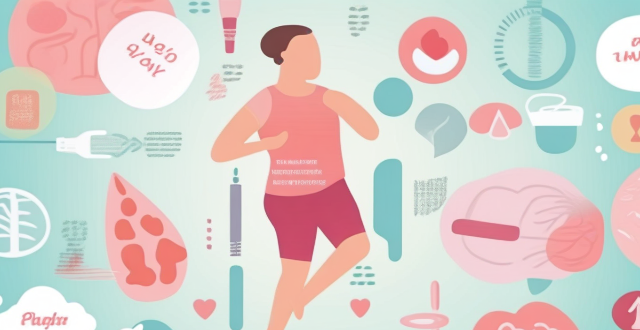Regular physical activity has a positive effect on heart rate variability (HRV), which is an indicator of the body's ability to respond to stressors. Exercise can increase parasympathetic activity, reduce sympathetic activity, improve cardiovascular fitness, reduce stress levels, and enhance sleep quality, all of which contribute to higher HRV. Aerobic exercise, resistance training, flexibility and balance exercises, and high-intensity interval training are recommended types of physical activity for improving HRV. Engaging in regular physical activity is crucial for maintaining good heart rate variability and overall health and well-being.

Relationship between Physical Activity and Heart Rate Variability
Physical activity and heart rate variability (HRV) are closely related. HRV refers to the variation in time between each heartbeat, and it is an indicator of the body's ability to respond to stressors. Regular physical activity has been shown to have a positive effect on HRV, which can improve overall health and well-being.
Benefits of Physical Activity on HRV
1. Increased Parasympathetic Activity: Regular exercise leads to increased parasympathetic activity, which is responsible for the relaxation response in the body. This results in a higher HRV, indicating better cardiovascular health.
2. Reduced Sympathetic Activity: Exercise also helps reduce sympathetic activity, which is associated with the fight-or-flight response. Lower sympathetic activity contributes to a more stable heart rate and improved HRV.
3. Improved Cardiovascular Fitness: Regular physical activity enhances cardiovascular fitness, leading to a stronger heart muscle and more efficient blood flow. This, in turn, contributes to a higher HRV.
4. Stress Reduction: Exercise is known to reduce stress levels, which can positively impact HRV by decreasing the release of stress hormones like cortisol that can negatively affect heart rate variability.
5. Better Sleep Quality: Regular physical activity has been linked to improved sleep quality, which is essential for maintaining good HRV. Adequate rest allows the body to recover and maintain proper autonomic balance, resulting in higher HRV.
Recommended Types of Physical Activity for Improving HRV
1. Aerobic Exercise: Activities like running, cycling, swimming, or brisk walking can significantly improve HRV by increasing cardiovascular fitness and promoting parasympathetic dominance.
2. Resistance Training: Weightlifting and other forms of resistance training can also enhance HRV by building muscle strength and improving overall cardiovascular health.
3. Flexibility and Balance Exercises: Yoga and tai chi are examples of activities that can help improve HRV by promoting relaxation, reducing stress, and enhancing parasympathetic activity.
4. High-Intensity Interval Training (HIIT): Short bursts of intense exercise followed by periods of rest can effectively improve HRV by challenging the cardiovascular system and promoting adaptations that lead to increased parasympathetic activity.
Conclusion
Engaging in regular physical activity is crucial for maintaining good heart rate variability, which is an important marker of overall health and well-being. By incorporating a variety of exercises into your routine, you can reap the benefits of improved HRV and enjoy better cardiovascular health, reduced stress levels, and enhanced quality of life.